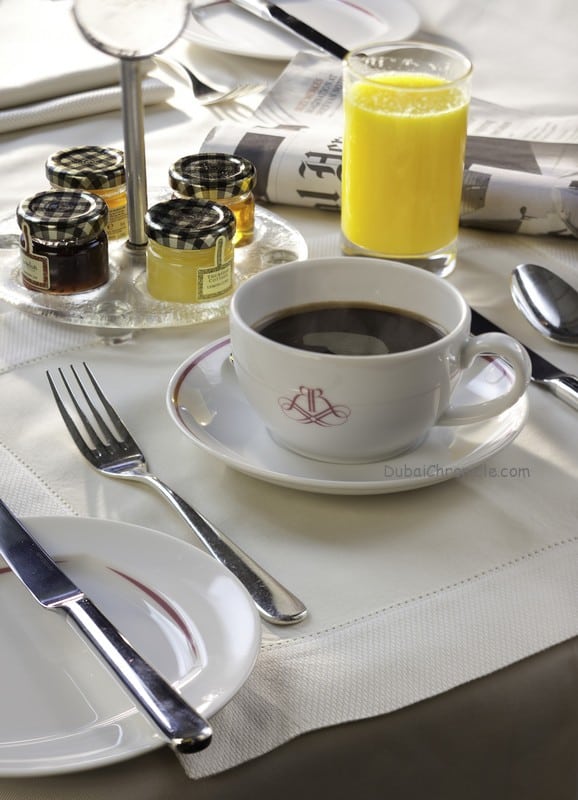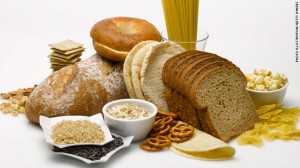
There’s no mistaking the impact that technology is having on our daily lives—and its steadily expanding. Being connected can oftentimes encourage us to accomplish more in a day than we once could, and the pace at which we live is one of the more notable side effects of being perpetually tethered to technology.
As our lifestyles have shifted, so have our morning routines. The trends that are driving peoples’ desires to be plugged in and productive are also driving the way they fuel up at the start of each day. And that’s important for retailers to understand, because the first meal of the day is just as important to them as it is to consumers.
Eating Breakfast Differently
Overall, consumers are still eating breakfast. They’re just eating differently than in the past. Ready-to-eat cereal, for example, is easily the largest breakfast category in the U.S. at $8.5 billion, but sales are slipping. While breakfast is actually growing across the retail landscape, sales of ready-to-eat cereal have been declining at a combined annual growth rate (CAGR) of 1.5 percent for the past five years.
But the slump in the cereal aisle doesn’t mean consumers have stopped sitting down to eat. While many are finding themselves too time-starved to stop, sit and eat before starting their days, many are—but they’re craving something else. That “something else” depends on the consumer. For many, seeking quick and easy, the frozen aisle delivers, as sales of frozen waffles, pancakes and French toast—a $1.2 billion category—have jumped 4.5 percent (CAGR) over the past five years. Packaged breakfast meals, breakfast sausage and in-store bakery goods are also benefiting from consumers’ desire for convenience around the breakfast table, with CAGR gains of 6.4, 5.3 and 4.1 percent, respectively.
The deli breakfast category, however, has experienced the most growth, driven by the strength and popularity of the breakfast sandwich. This $104.7 million category has gained 7.9 percent CAGR over the past five years.
Healthier Grabbing and Cooking
In addition to living at a quicker pace, consumers are increasingly looking for health and wellness at the start of their days. Consequently, consumers are reaching for alternatives to old standbys like toaster pastries and powdered instant breakfast beverages. The combination of being hungry for something quick and healthy has kick-started a boom for granola and yogurt bar sales. Sales in this growing category now total $2.4 billion, and CAGR has been nearly 4 percent for the past five years.
Cracking the breakfast market is no easy feat, but consumer desires for healthy and portable options like Greek yogurt and granola bars have inspired a handful of brands to get creative and innovate in an effort to grow the space and category even further.
And in looking at recent preferences, more consumers are seeking protein in their foods than they were a few years ago. In fact, the percent of the general population with an appetite for protein increased 5 percent between 2009 and 2013, whereas the desire for fiber, vitamins and calcium declined.
Some Consumers Still Cook
Even though many consumers are dashing and dining at the same time as they start their days, not everyone is abandoning the kitchen in the morning. For example, hot cereal sales have been trending up while their ready-to-eat siblings are losing favorability. While sales of hot cereals grew only 0.6 percent for the 52 weeks ending July 2012, they ramped up 3 percent for the 52 weeks ending July 2013 and are up 3.5 percent for the first half of 2014.
Fresh eggs also remain a breakfast staple, and sales of both branded and private label eggs have been going strong for the past four years. Overall, egg sales are up 7.4 percent so far this year, but branded eggs have seen double-digital sales growth, which stood at 10.4 percent at the end of July.
How To Win At Breakfast
 Consumers lead busier lives than they once did, which leaves less time for formal meals. Retailers and brands looking to keep up with busy consumers have a few key trends to keep track of. First, they should focus on fresh. Consumers have less time for planning and preparing, but they’re ever-focused on quality, taste and freshness. And when it comes to breakfast, in-store baked good sales make up a $3.2 billion segment and have generated a 4.5 percent CAGR over the past five years.
Consumers lead busier lives than they once did, which leaves less time for formal meals. Retailers and brands looking to keep up with busy consumers have a few key trends to keep track of. First, they should focus on fresh. Consumers have less time for planning and preparing, but they’re ever-focused on quality, taste and freshness. And when it comes to breakfast, in-store baked good sales make up a $3.2 billion segment and have generated a 4.5 percent CAGR over the past five years.
Second, offer products that taste good and pack a health benefit. Granola and yogurt bars, for example, have seen a five-year CAGR of 3.9 percent. And when it comes to health, there’s even opportunity in larger categories experiencing lower sales. For example, even though sales of ready-to-eat sales are trending down, sales with the gluten-free, no-GMO and no high-fructose corn syrup sub-segments are all posting double-digit growth rates (22%, almost 67% and 22.2%, respectively).
Lastly, convenience is key. Frozen foods—at all hours of the day—help consumers deliver complete meals without the fuss of having to prepare all of the items individually and from scratch. And many consumers are looking to start their days in the freezer aisle. Frozen waffle, pancake and French toast sales make up a $1.2 billion category that’s ringing up a five-year CAGR of 4.5 percent.





































